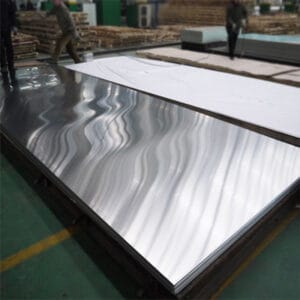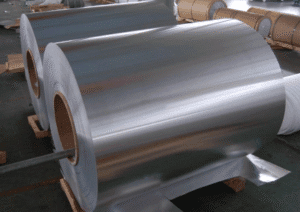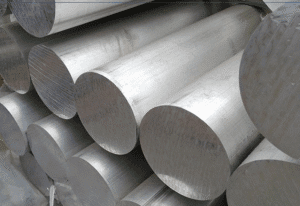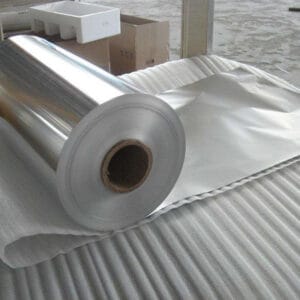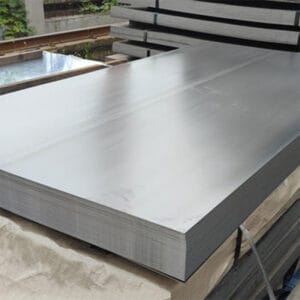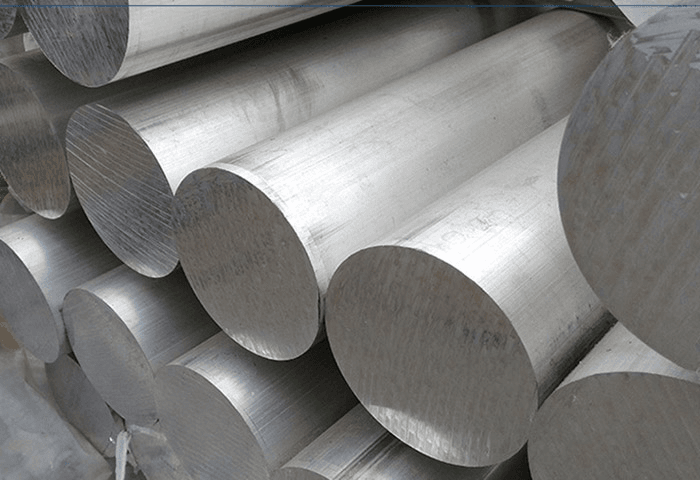When it comes to industrial and commercial metals, few materials are as versatile as aluminum bar, aluminum hex bar, aluminum flat bar, aluminium bar price, extruded aluminum bars. From construction to aerospace, aluminum bars are the backbone of modern engineering thanks to their lightweight strength, corrosion resistance, and adaptability.
According to the World Bank commodity market outlook, aluminum demand is expected to grow steadily through 2025, driven by automotive light-weighting and renewable energy infrastructure. This means aluminum bars will remain a critical material for businesses worldwide.
In this in-depth guide, we’ll break down everything you need to know about aluminum bars, including types, uses, price trends, comparisons with other materials, and smart buying strategies.

What Is an Aluminum Bar?
An aluminum bar is a solid, extruded section of aluminum, produced in flat, hexagonal, round, or square profiles. Compared to aluminum sheets or coils, bars are thicker and designed for strength and structural applications.
Key advantages of aluminum bars include:
- Lightweight strength: About 1/3 the weight of steel while offering excellent structural strength.
- Corrosion resistance: Naturally forms a protective oxide layer.
- Machinability: Easy to cut, drill, and CNC machine.
- Recyclability: Over 75% of all aluminum produced is still in use today.
👉 Related resource: Explore our aluminum bar category
Types of Aluminum Bars
1. Aluminum Flat Bar
The aluminum flat bar is a rectangular section, widely used in construction, transport, and decorative applications.
- Applications: Brackets, support structures, flooring trims.
- Benefits: High machinability and smooth finish.
- Internal link: Shop Aluminum Flat Bar
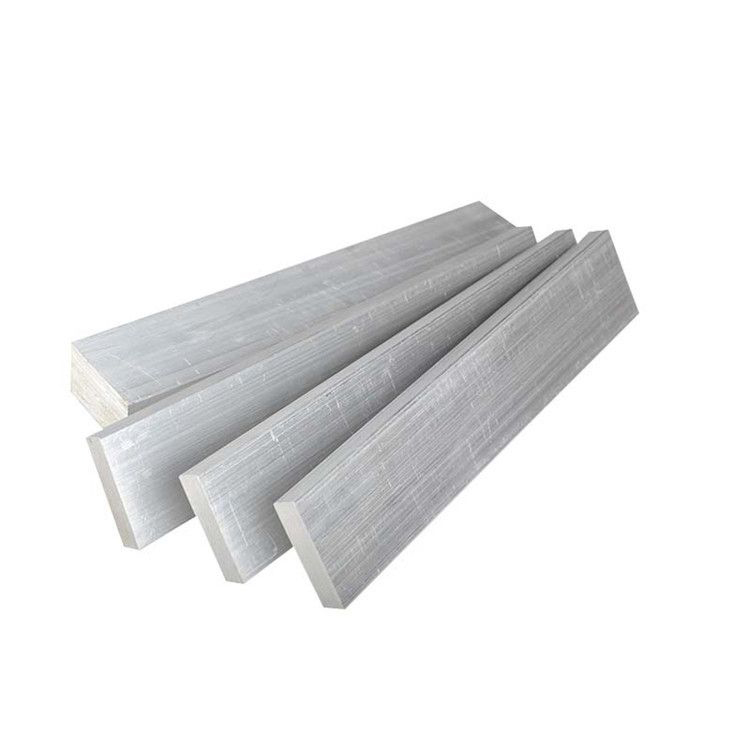
2. Aluminum Hex Bar
The aluminum hex bar has six equal sides, making it popular for precision-machined parts.
- Applications: Nuts, bolts, and custom fasteners.
- Benefits: Strong, easy to grip, and lighter than steel.
- Internal link: Aluminum Hex Bar Product Page
👉 For more insights: 7 Key Facts About Aluminum Hex Bar
3. Extruded Aluminum Bars
Extruded aluminum bars are produced by forcing aluminum alloy through a shaped die.
- Advantages: Dimensional precision, smooth surface finish, customizable profiles.
- Alloy Options:
- 6061: General-purpose, high strength.
- 6063: Excellent surface finish, good for architectural uses.
- 7075: Aerospace-grade strength.
4. Round and Square Aluminum Bars
Though not in the focus keyword, round aluminum bars and square aluminum bars are equally important.
- Round bars: Ideal for shafts, rods, and piping systems.
- Square bars: Great for structural framing and decorative work.
Aluminium Bar Price Trends in 2025
The aluminium bar price is influenced by several factors:
- Alloy Type:
- 6061 and 6063 are cost-effective.
- 7075 is premium due to aerospace applications.
- Global Market:
- Prices are linked to LME (London Metal Exchange) rates.
- In 2023–2024, aluminum averaged $2,100–$2,500 per metric ton.
- Size & Shape:
- Flat and hex bars may involve higher processing costs.
- Surface Finish:
- Polished or anodized bars increase cost per kilogram.
👉 Pro Tip: Request itemized quotes including alloy, finish, and processing to understand the true aluminium bar price.
Applications of Aluminum Bars
- Construction: Window frames, curtain walls, roofing beams.
- Automotive: Truck frames, engine components, body panels.
- Aerospace: Structural fittings, landing gear parts.
- Marine: Boat hulls, decking, and fittings.
- Industrial Manufacturing: Machine parts, robotics, conveyor systems.
- Consumer Goods: Sporting equipment, electronics housings, furniture.
💡 Case Example: Automotive companies reduced vehicle weight by up to 20% by switching from steel beams to aluminum flat bars, improving fuel efficiency and reducing emissions.
Aluminum Bar vs Other Metals
| Property | Aluminum Bars | Steel Bars | Brass Bars |
|---|---|---|---|
| Weight | Light | Heavy | Medium |
| Strength-to-Weight | Excellent | Good | Moderate |
| Corrosion Resistance | High | Low | Medium |
| Machinability | High | Medium | High |
| Cost | Moderate | Lower | Higher |
👉 Conclusion: For industries needing lightweight, corrosion-resistant, and machinable material, extruded aluminum bars outperform steel and brass.
Buying Tips for Aluminum Bars
When purchasing aluminum bar, aluminum hex bar, aluminum flat bar, aluminium bar price, extruded aluminum bars, consider the following:
- Select the Right Alloy – Match strength, corrosion resistance, and machinability.
- Check Certifications – Aerospace and structural industries require strict standards.
- Evaluate Price vs Value – Cheaper bars may lack consistency in alloy composition.
- Order Samples First – Test machinability and finish before bulk orders.
- Supplier Reputation – Choose suppliers with global certifications like ISO 9001.

FAQs on Aluminum Bars
1. Is aluminum bar stronger than steel?
Not in raw strength, but aluminum offers a superior strength-to-weight ratio, making it ideal for weight-sensitive industries.
2. What is the most common alloy for aluminum bars?
6061 aluminum is the most widely used due to its balance of strength, corrosion resistance, and affordability.
3. How can I reduce the aluminium bar price for large orders?
Negotiate long-term contracts, consider direct factory supply, and compare international markets.
4. What are extruded aluminum bars used for?
They are used in architectural profiles, machine components, and aerospace parts due to their precision and surface finish.
Conclusion
The aluminum bar, aluminum hex bar, aluminum flat bar, aluminium bar price, extruded aluminum bars are vital for industries that demand lightweight strength, corrosion resistance, and machinability. With demand rising in construction, transportation, and aerospace, aluminum bars remain a cost-effective and sustainable choice.
By understanding alloy options, pricing factors, and supplier reliability, buyers can make smarter decisions and secure long-term value in 2025 and beyond.

